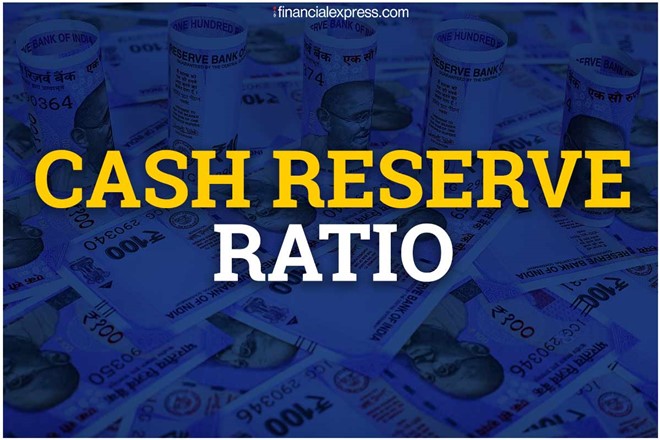Introduction
Disguised unemployment exists when part of the labor force is either left without work or is working in a redundant manner such that worker productivity is essentially zero. It is unemployment that does not affect aggregate output. An economy demonstrates disguised unemployment when productivity is low and too many workers are filling too few jobs.
Difference between Disguised and Seasonal Unemployment

Understanding Disguised Unemployment
Disguised, or hidden, unemployment can refer to any segment of the population not employed at full capacity, but it is often not counted in official unemployment statistics within the national economy. This can include those working well below their capabilities, those whose positions provide little overall value in terms of productivity, or any group that is not currently looking for work but is able to perform work of value.
Another way to think about disguised unemployment is to say that people are employed but not in a very efficient way. They have skills that are being left on the table, are working jobs that do not fit their skills (possibly due to an inefficiency in the market that fails to recognize their skills), or are working but not as much as they would like.
Disguised unemployment exists frequently in developing countries whose large populations create a surplus in the labor force. It can be characterized by low productivity and frequently accompanies informal labor markets and agricultural labor markets, which can absorb substantial quantities of labor.
Disguised unemployment can be difficult to measure as it requires surveying workers to understand their skills compared to the requirements of their current job.
Disguised unemployment is challenging to identify; however, it can be characterized by the following:
- It is normally connected to small family businesses with more employees than required or self-employed individuals. It is also known as the informal agricultural labor market.
- Marginal productivity is noticeably low.
- It is differentiated from seasonal unemployment (which can occur due to climatic factors).
In other words, such employment does not contribute to the output of an economy and is thus akin to a form of unemployment. Sometimes disguised unemployment could simply be a form of underemployment wherein the skills of a labor force are not utilized to their full capacity. In many other cases, however, such unemployment could simply be due to the lack of other alternative avenues of production where the surplus labor could be employed profitably.
There are varying types of disguised unemployment, including people working jobs beneath their skill set, unutilized workers who are ill or disabled but still able to be productive, and job seekers who are demoralized by their inability to find work and so stop looking for it.
Types of Disguised Unemployment
Underemployment
In certain circumstances people doing part-time work may qualify as disguised unemployment if they desire to obtain and are capable of performing full-time work. It also includes those accepting employment well below their skill set. In these cases disguised unemployment may also be referred to as “underemployment,” covering those who are working in some capacity but not at their full capacity.
For example, a person with a master of business administration (MBA) accepting a full-time cashier position due to the inability to find work in their field may be considered underemployed, as the person is working below their skill set. Additionally, a person working part time in their field who wants to work full time may also qualify as underemployed.
Illness and Disability
Another group that may be included is those who are ill or considered partially disabled. While they may not be actively working, they may be capable of being productive within the economy. This form of disguised unemployment is temporary in the case of illness and categorized when someone is receiving disability assistance. This means the person is often not considered part of the unemployment statistics for a nation.
No Longer Looking for Work
Once a person stops looking for work, regardless of the reason, they are often no longer considered unemployed when it comes to calculating the unemployment rate. Many nations require a person to be actively seeking employment to be counted as unemployed. If a person gives up looking for employment, whether on a short- or long-term basis, they are no longer counted until resuming the pursuit of employment options. This can count as disguised unemployment when the person wants to find work but has stopped looking due to being demoralized by a long search.
Measurement
Disguised unemployment, or underemployment, is measured by the Current Population Survey (CPS). The broadest metric of labor underutilization is U-6, which measures the real unemployment rate of all workers including those employed part-time, those who are unemployed, and those marginally attached to the labor force. This measurement also captures part of the underemployed—those who are working part time but wish to work full time. The issue with this measure, however, is that it does not capture those who are full-time workers but are working in a position where they are not fully utilized or in a job that uses their skill set.
Since disguised unemployment can be seen as unproductive employment, included in it are:
- Individuals who are employed on a part-time basis but with the capabilities and skills to perform on a full-time employment level and be productive.
- Individuals who accept jobs with requirements that fall below their skills and abilities. An example can be an individual with a college or university degree taking up a job as a teller due to an inability to find a job more fitting for their qualifications.
- Individuals with illness or disability but who can perform certain tasks also fall under disguised unemployment. It is because they may be able to work certain jobs but are typically not included in the national unemployment statistics of a country.
- Individuals whose jobs became redundant and were persuaded into early retirement.
- Individuals performing job tasks that are unproductive in terms of overall output.
- Individuals who are not in search of employment. They are generally not considered to be unemployed. Several countries only include job seekers in their unemployment statistics.
Conclusion
It is also known as hidden unemployment, this refers to a situation where labor that is employed in a job is not actually utilized for the production of goods and services.




